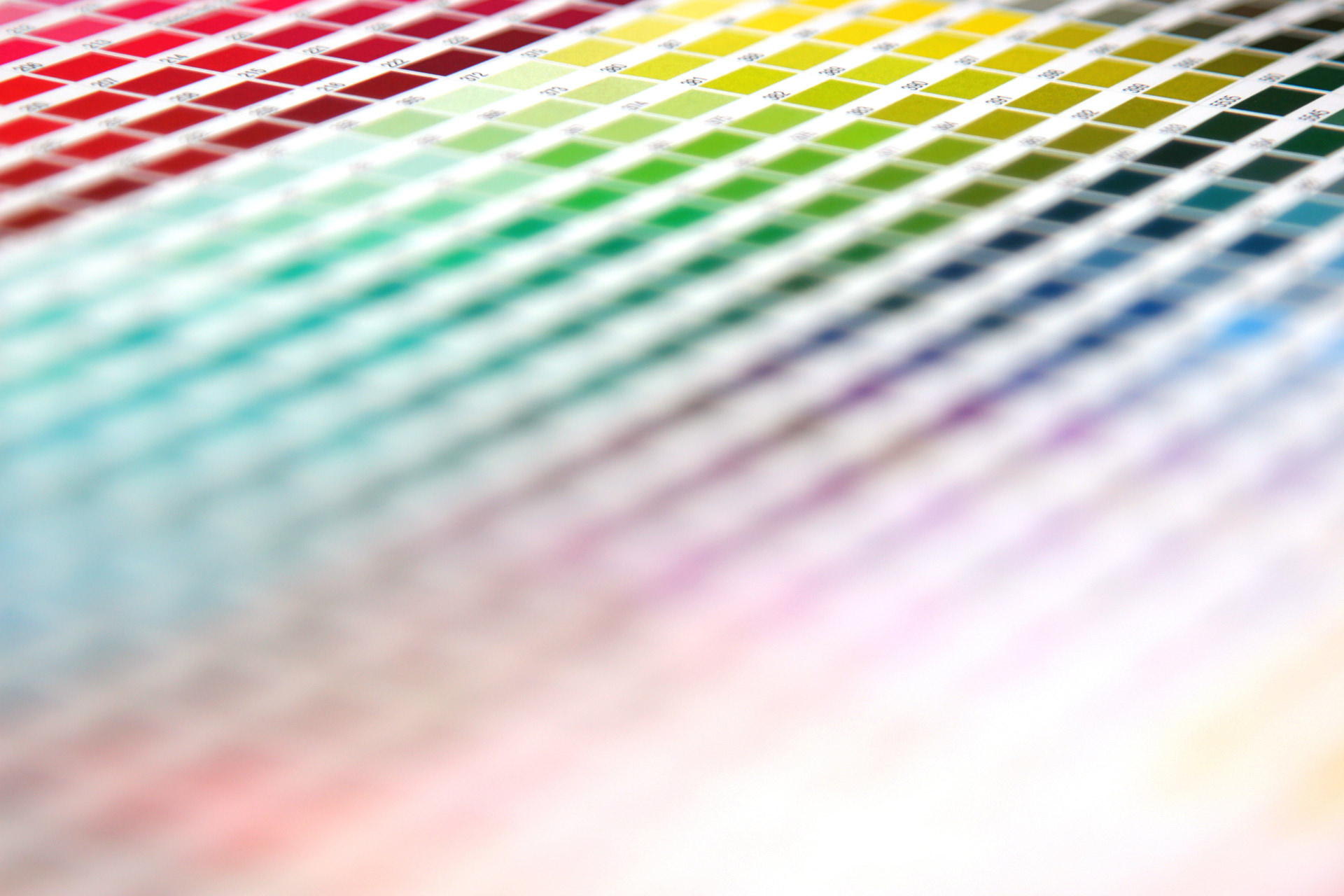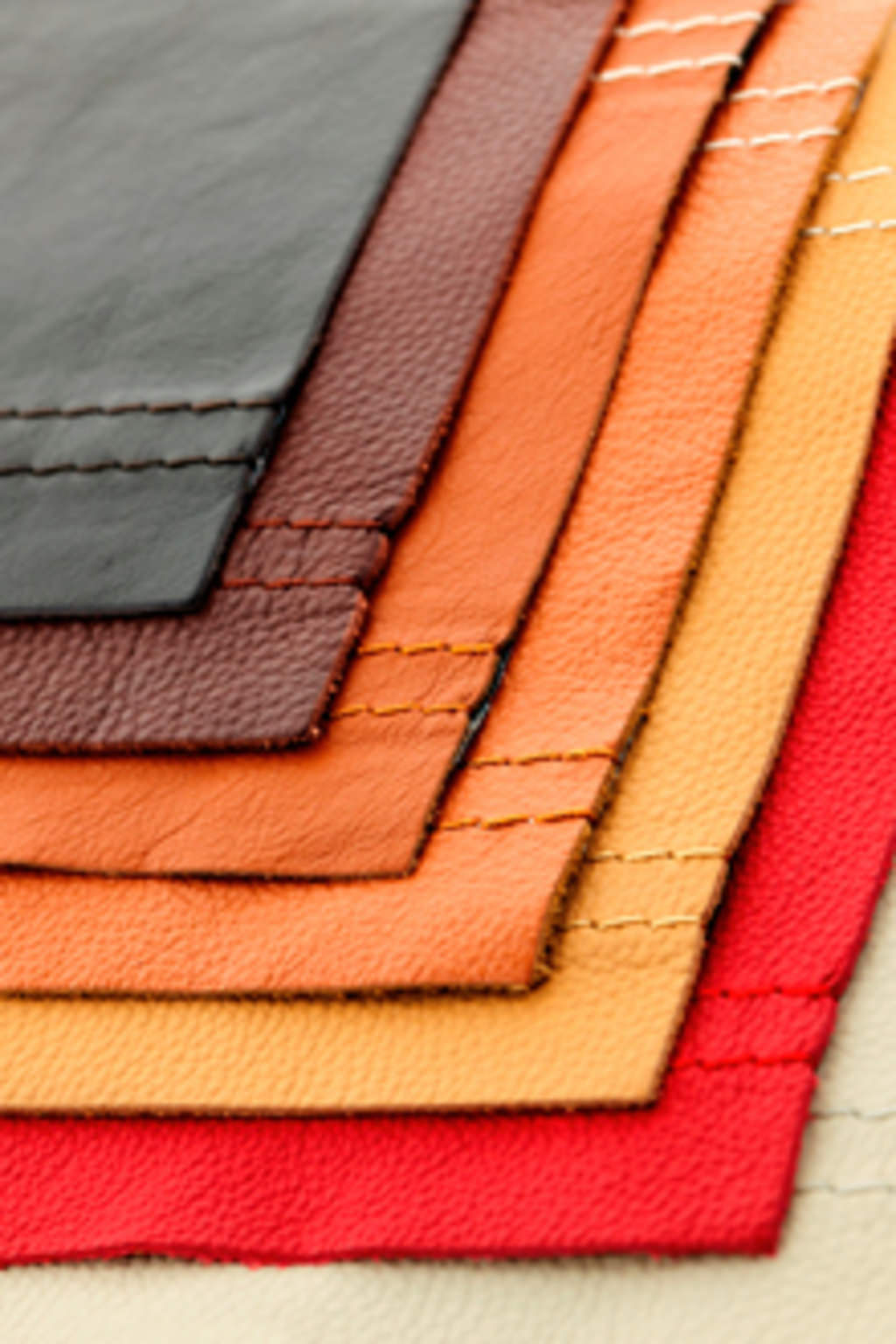How to Start the Interior Design Process
December 2022

Perhaps you want to work with an interior designer to make sure your new build turns out exactly the way you want it? Maybe you are ready for a significant remodel of your current home? Or you may just be ready for a refresh—some new furniture and décor for a couple of rooms in your home. Working with an interior designer can help turn your design dreams into a reality, no matter the scope of the project.
Have you decided to embark on a design journey, but are left wondering “where do I start?”. It’s easier than you think! There are simple steps you can take to make sure the design process gets off to the right start, and you get the most out of your time with an interior designer. While a good designer will help guide you through the process, it is helpful to start thinking about some of your design preferences prior to the meeting. In fact, considering items such as your color and style preferences first can actually help you choose the right designer for you—one that shares a similar aesthetic and work preferences.
Here are the steps to take before you set up a meeting with an interior designer.
1. Gather images of designs you love. Similar to meeting with a hairstylist for your new look, it’s helpful to gather images of examples you love before you meet with an interior designer. There are a couple of approaches you can take. Are you a real paper type of person, who loves scheduling on a print calendar and turning the pages of “real” books? If so, stick with paper design pictures. You can simply earmark or cut out pages from your favorite design magazines for inspiration.
Do you lean towards electronics for organization, use your phone for everything and love social media? If so, Pinterest is a great design tool! Create a board or two to gather inspiration and come to your meeting ready to share it with your interior designer.
Regardless of how you collect your images, don’t worry about perfection! Now isn’t the time to pin down your exact style. Just gather images you like. Circle things within the images that call to you. Don’t be afraid to let your pile stack up a bit. Your interior designer can help you identify your personal style from the images you are drawn to, and there will be plenty of time down the line to edit. This step is all about finding inspiration!
2. Write down the colors you like. Color has a huge impact on interior design, so it’s a design element to consider right away. Before you meet with an interior designer, write down a list of the colors you like, including your favorite neutral shades and the brighter colors you tend towards. At this point, you don’t need to worry about your colors matching. Your designer will help you focus in on a color palette, maybe even giving you some ideas of unexpected colors that will work with your favorite shades and help pull your room together.
List a few colors, as you’ll need accent colors for your space as well. Design fact: Many interior designers follow the 60-30-10 rule, where your main color gets about 60 percent of the show. This can translate to number one on the walls, number two on the upholstery, and number three for accents and decor. In your 60 and 30 colors, it’s okay to use different shades from the same family, but accent or “pop” colors need to match closely.
Another color discussion you may have with your interior designer? What moods will your favorite colors evoke in the room you are designing?
- Calming colors such as blue and green can lend a feeling of relaxation and, as such, are often used for bedrooms.
- Bright and vibrant shades like red and orange, on the other end, can evoke energy and passion, and are often best left to spaces like entryways and offices, where you want to encourage productivity.
Of course, design rules are made to be broken. If you really love bold and warm shades, a great designer can help you successfully incorporate them into any space of your home.
Helpful hint: Are you having trouble deciding what colors you want to use in your home? Take a look in your closet. What colors are most prominent in your wardrobe? While your walls certainly don’t have to match your outfits, taking a quick perusal of your clothes may help you see what colors you are most drawn to. If your wardrobe is filled with seafoam green, teals and turquoise, consider the same colors for your home. If you love bolds, including reds and oranges, a warm palette may be down your design alley.
3. List the colors you don’t like. You’ve written down the hues that you like. That’s a great start. Now, go a step farther and right down any colors that you don’t like. Your designer will likely make suggestions for hues to incorporate, which may be outside the colors you listed. These unexpected shades can work well with some of your favorite colors, or add a bright contrasting pop of color. If there are any colors you really don’t like and can’t see in your home, make note of it now to save time and ensure the completed design is something you love.
4. Take photos of your home. It’s time to play photographer. If you plan to meet with a designer at their studio, you’ll want to bring photos of your home to give them an idea of what they are working with space wise, the current design, furnishings and décor, as well as any architectural elements they’ll need to work around. In particular, it’s helpful to get a few close-up images of items such as:
- Fireplace stone
- Cabinetry
- Flooring
5. Take measurements of the area you want to refresh. It’s crucial to have measurements of the rooms you want to redesign or refresh. This gives your designer a good idea of the scale, which is crucial for choosing furnishings so they look appropriate in the space. A knowledgeable interior designer knows how to use the room’s proportions to their advantage and help you get the most out of your space. If your room is large, you’ll want pieces that are significant enough so they don’t look lost. If you are challenged with a small space, the designer can suggest strategies to make your space look bigger and brighter—from the right size area rug to using glass top tables and mirrors for spatial advantages.
You can also make a rough sketch of the room, including windows, doors and architectural elements. Don’t worry about perfection here, it’s more about getting a lay of the land, rather than a pretty, perfect drawing. If it works better for your schedule, or you want help with this step, consider a designer that makes house calls, and can help with measurements and sketches.
6. Think about the budget. Interior designers want to help you get the most out of your budget, so it’s important to come in with an idea of what you want to accomplish and how much you can spend. An interior designer can help you break down the budget and determine what is needed for different furnishings, décor and more; and also give you several options at different price points.
An interior designer is here to help guide you through the design process, helping to define your unique design aesthetic, and understand the functional needs of your spacel. By gathering design examples you love, taking measurements and photos of your space, and thinking about your budget prior to your meeting, you are ready to embark on a collaborative design process with your designer.
What’s next? You can view designer profiles online to get an idea of an individual's work experience and find someone with a design philosophy that aligns with your own. View project portfolios online as well for more project inspiration.
Gabberts’ design process is easy and user friendly. Call us during business hours, and we will set up a no-obligation appointment, or you can stop in and visit with us at one of our showrooms.



